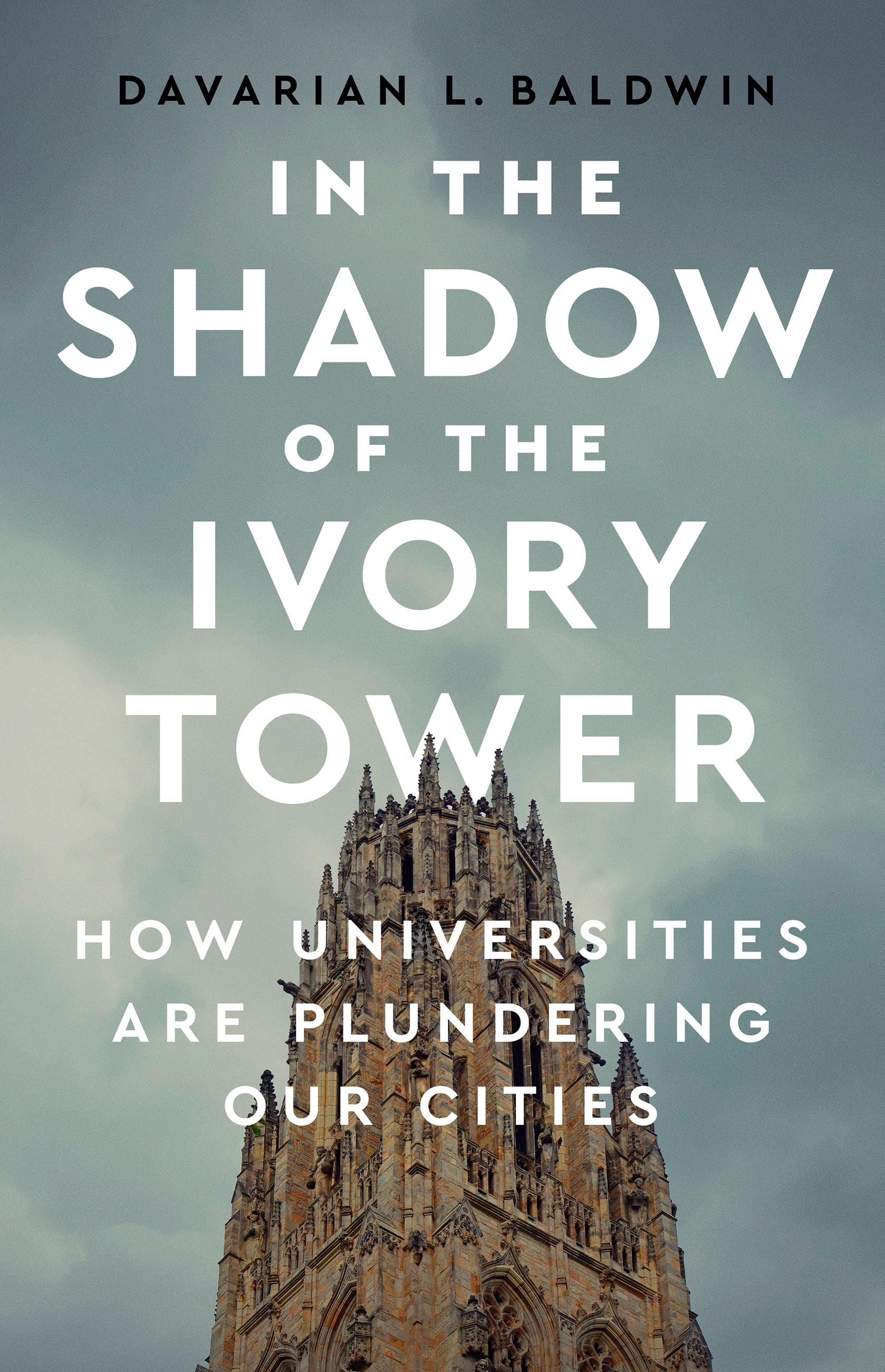MD:
You write that, “In times of meager state funding, colleges and universities have had to find new ways to shore up their fiscal stability. Urban development is higher education’s latest economic growth strategy.” Your book emphasizes that there is no ideal past when the university was a purely benevolent presence. Still, something happened to send the modern university careening in this direction. What developments led us here?
DB:
In many ways, what we call the corporatization of the university, or the neoliberal turn, was a response to powerful social movements from the liberation era of the 1960s, where students and communities came together to reimagine the university as a community institution. Across the country, students and residents fought for tuition-free college, against gentrification and displacement, and for curriculum that would be of political and practical use to working-class people of color. These social movements were trying to make both public and private higher education beholden to the communities in which they were embedded.
The backlash saw the shift of public dollars to private service providers. This includes the funding of individual students as consumers in the Higher Education Act of 1965, which created the private loan market instead of directly funding schools and led to a spiral of individual debt. It also caused schools to compete with one another over students by presenting campuses as amenities packages, as well as ramping up out-of-state and international student targets at a higher tuition price point.
Additionally, for the last three decades, and especially after the Great Recession, we have seen education subject to state austerity measures. So state expenditures have plummeted from covering about 60 or 70 percent of a school’s annual budget to now about 20 or 30 percent. And, let’s be clear, both public and private schools receive public money, so both saw no choice but to raise tuition and diversify their revenue streams — or, as they say, become “entrepreneurial.”
Another aspect of these developments is the interest convergence in the 1990s, when the children of suburban sprawl, young professionals, and empty nesters began to seek out a more urban experience. City leaders started competing with one another to attract the tax base and consumer dollars of this new urban demographic.
These new residents wanted a particular urban experience: coffee shops; museums; fully wired, urban density. They associated an urban experience with university life. But schools had become bunkered in educational fortresses, creating an economic boundary between themselves and what was at that time called the “urban crisis.” They were islands of prosperity in seas of poverty. And so a lot of schools actually lacked the amenities that were being associated with this desirable urban environment.
The interests of university and city leaders converged, and the college was reimagined as a palatable and profitable version of a safe urban experience. From there, they began to turn the city into a campus.
